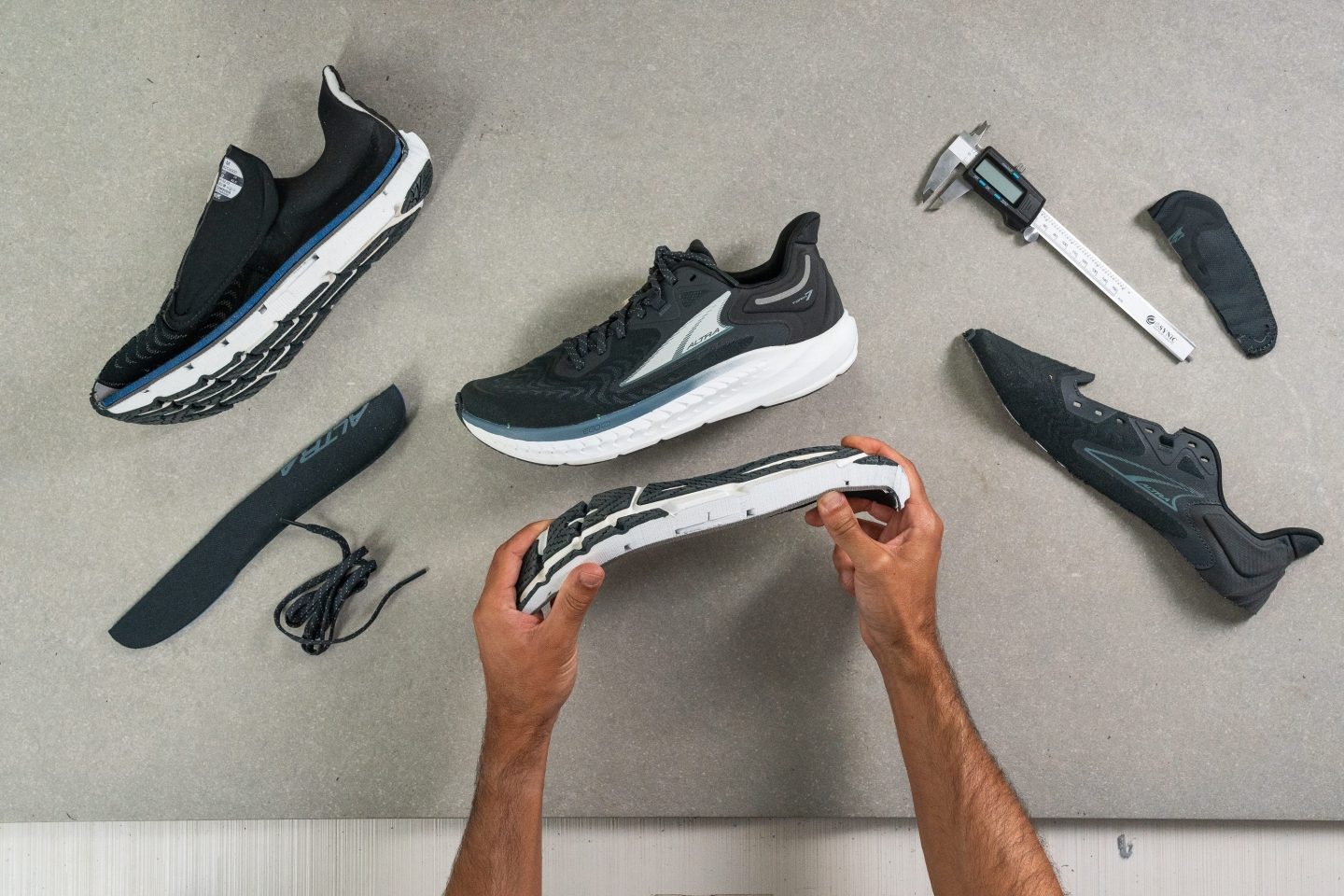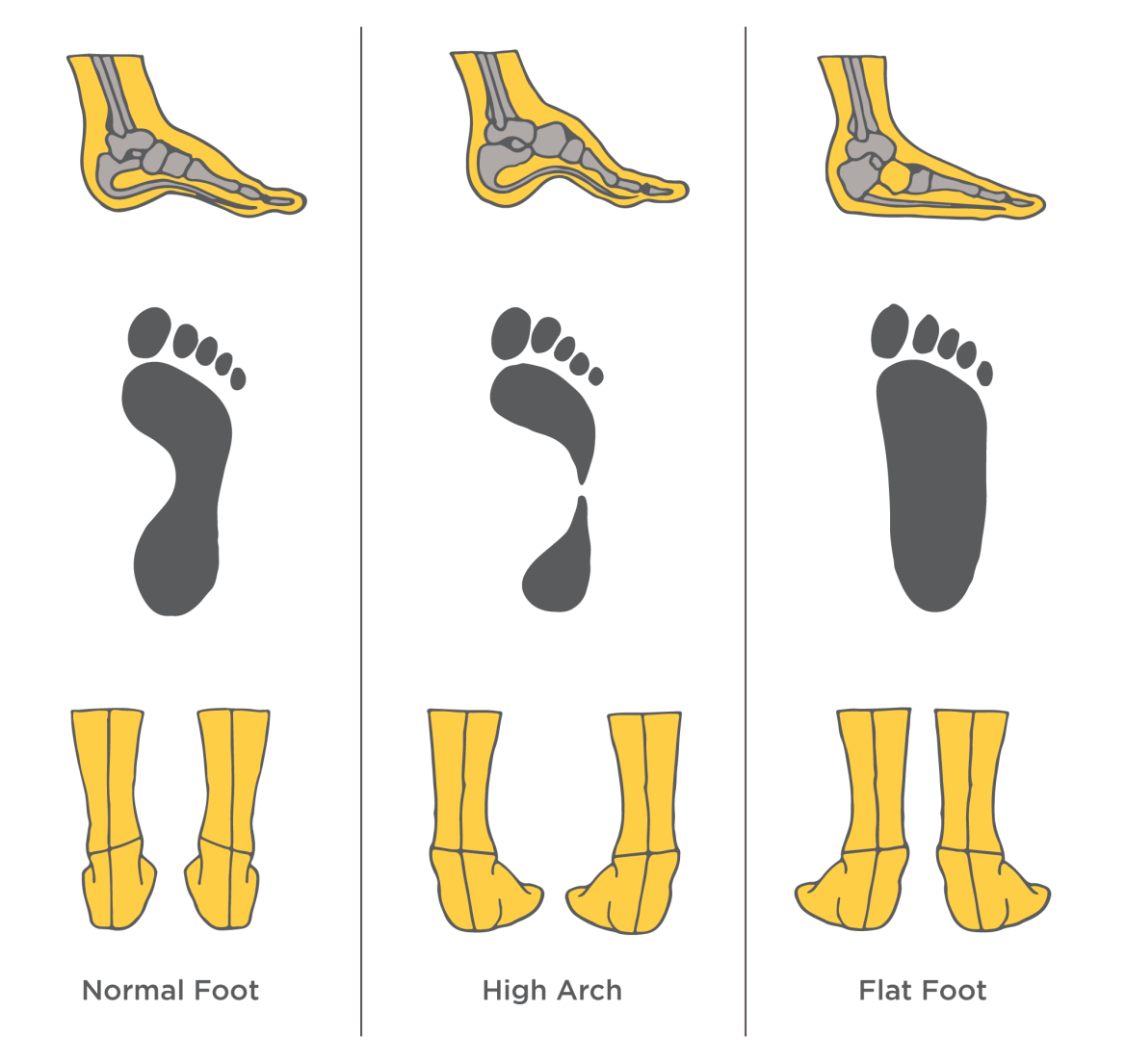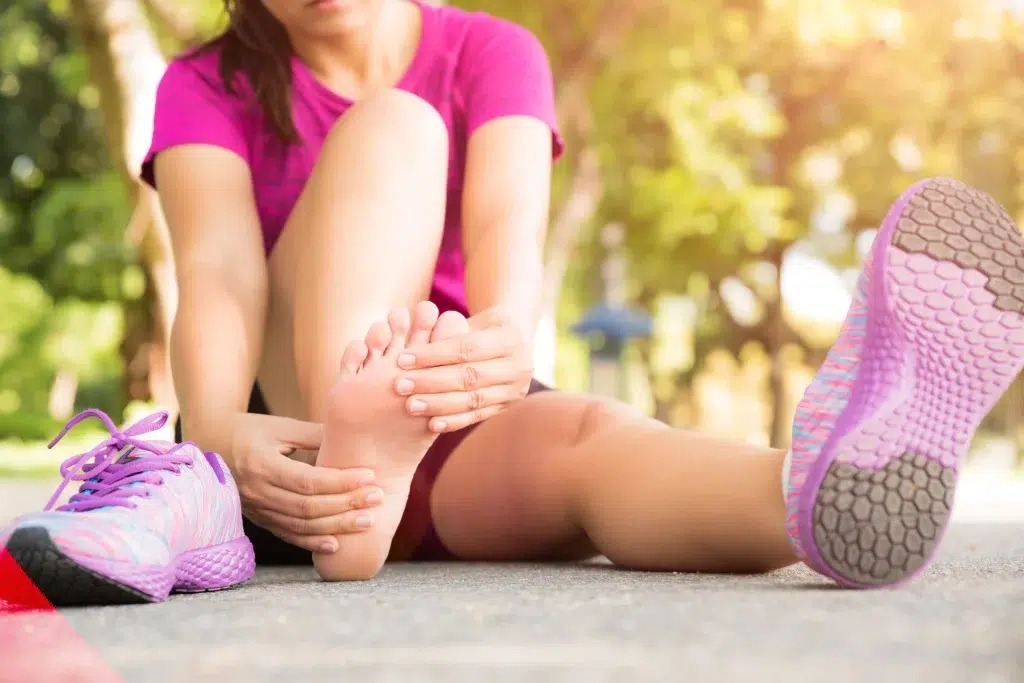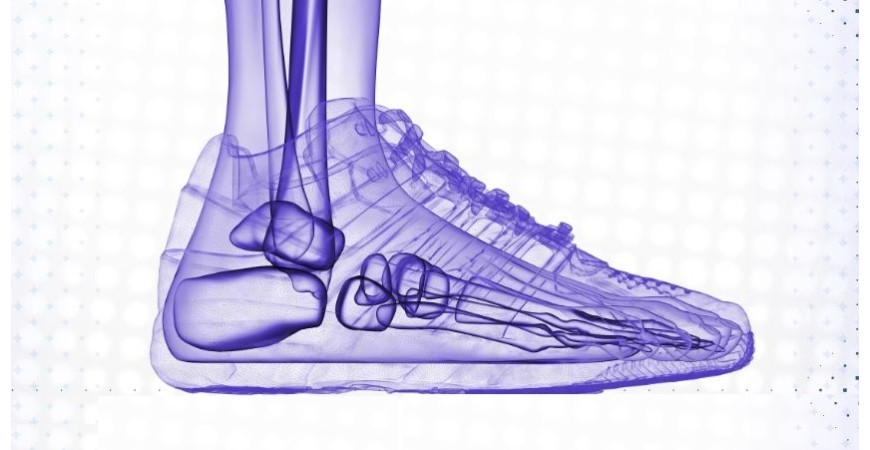The Ultimate Guide to Choosing Sneakers Based on Foot Anatomy: Flat Feet, Bowlegs, and Beyond
Table of Contents
- Foot Anatomy Differences Between Men and Women
- Flat Feet: Understanding the Condition and the Right Shoes
- Bowlegs (Genu Varum): Selecting Supportive Footwear
- High Arches: When Your Feet Curve Too Much
- Knee and Lower Back Pain: Choosing the Right Sneaker for Full-Body Alignment
- General Sneaker Buying Tips for Daily Wear and Walking
- Quick Match Guide: Foot Issues and Recommended Sneaker Types
- Men's vs. Women's Sneakers: Not Just a Size Difference
- Conclusion: Invest in the Right Sneakers for Your Unique Feet
Choosing the right pair of sneakers isn't just about style or brand—it's a matter of health, comfort, and long-term well-being. Whether you're heading out for a walk, running errands, or just spending long hours on your feet, the wrong shoe can lead to everything from sore feet to back pain.
In this in-depth guide, we explore how the anatomical differences between men’s and women’s feet influence the ideal sneaker type. We also dive into common foot issues such as flat feet, high arches, bowlegs, and more, offering practical advice for choosing sneakers that provide optimal support.
Foot Anatomy Differences Between Men and Women
Though the overall structure of the human foot is similar between sexes, key differences mean that a sneaker suitable for men may not be ideal for women, and vice versa.
Key Differences:
Foot Width: Women's feet are generally narrower than men's.
Arch Structure: Women may experience arch flattening during certain hormonal stages.
Q-Angle (Knee to Ankle Alignment): Women often have a wider pelvis, resulting in a higher Q-angle that affects walking mechanics.
For this reason, gender-specific sneakers are not just a marketing ploy—they address real anatomical needs.
Flat Feet: Understanding the Condition and the Right Shoes
Flat feet, also known as fallen arches, are one of the most common foot issues in adults. This condition occurs when the arches of the feet are low or nonexistent, causing the entire sole to make contact with the ground.

Symptoms of Flat Feet:
Fatigue or heaviness in the feet
Arch or heel pain after standing or walking
Pain radiating to knees or lower back
What to Look for in Sneakers for Flat Feet:
Arch Support Insoles
Choose shoes with built-in arch support to restore proper weight distribution.Removable Insoles
Allows for the use of custom orthotic insoles for better correction.Firm Heel Counter
Stabilizes the rear foot and reduces excessive inward rolling (overpronation).Motion Control Sneakers
Brands like Brooks, Asics, and New Balance offer models specifically designed for flat-footed individuals.Avoid Minimalist Shoes
Low-cushion sneakers don’t provide the necessary support for fallen arches.
Bowlegs (Genu Varum): Selecting Supportive Footwear
Bowlegs, or genu varum, refer to a condition where the knees stay wide apart when the feet are together. This causes the body's weight to shift to the outer edges of the feet, putting stress on the knees and ankles.
Common Signs:
Outer knee pain
Uneven wear on shoe soles (more worn on the outer edge)
Instability during walking or running
Best Sneaker Features for Bowlegs:
Motion Control Shoes
Designed to limit excessive foot motion and provide added support.Angled or Wedge Insoles
These adjust the foot's alignment and redistribute pressure evenly.Extra Midsole Support on the Outer Side
To absorb the extra stress from misaligned gait.Stability Sneakers with Lateral Reinforcement
Brands like Mizuno, Brooks, and New Balance offer such features.
High Arches: When Your Feet Curve Too Much
A high arch is the opposite of flat feet and creates an uneven weight distribution focused on the heel and ball of the foot.

Symptoms of High Arches:
Heel and forefoot pain
Lack of shock absorption
Higher risk of ankle sprains
Ideal Sneaker Characteristics:
Cushioned Insoles
Focused cushioning under the forefoot and heel helps absorb impact.Flexible Midsole
Encourages better weight transition during walking.Neutral Cushioning Shoes
Avoid motion control; instead, look for well-cushioned neutral sneakers.Recommended Brands: Hoka One One, Saucony Ride, Nike Pegasus
Knee and Lower Back Pain: Choosing the Right Sneaker for Full-Body Alignment
Poor foot alignment can lead to chain-reaction pain in the knees, hips, and even the back. The right sneaker helps alleviate this stress by promoting a healthier gait.

Must-Have Features:
Heel-to-Toe Drop of about 8–12mm to reduce stress on the Achilles
Shock-Absorbing Soles like EVA or gel cushioning
Firm Heel Cups for enhanced ankle and arch support
Ergonomic Design tailored to your gait type (neutral, overpronated, supinated)
Top Picks:
Skechers Arch Fit
Adidas Ultraboost
On Cloudflyer
General Sneaker Buying Tips for Daily Wear and Walking
Regardless of foot type, when you're shopping for daily sneakers or walking shoes, certain features are universally beneficial:
| Feature | Why It Matters |
|---|---|
| Lightweight | Reduces fatigue over long distances |
| Breathable Uppers | Keeps feet dry and cool |
| Forefoot Flexibility | Encourages natural foot motion |
| Structured Heel Counter | Adds stability |
| Anti-Slip Outsoles | Enhances grip and reduces the risk of falls |
Quick Match Guide: Foot Issues and Recommended Sneaker Types
| Condition | Sneaker Type | Brand Suggestions |
| Flat Feet | Motion Control | Brooks Beast, Asics Kayano, New Balance 860 |
| High Arches | Cushioned/Neutral | Hoka Clifton, Saucony Ride, Nike Pegasus |
| Bowlegs | Stability with Wedge Insole | Mizuno Horizon, Brooks Ariel, NB 1260 |
| Knee/Back Pain | Shock Absorption | Skechers Arch Fit, Adidas Ultraboost |
Men's vs. Women's Sneakers: Not Just a Size Difference
Sneakers aren't just resized for gender—they’re redesigned.
Women’s Sneakers:
Narrower heel and midfoot for a better fit
More arch support to accommodate structural differences
Softer midsole due to generally lower body weight
Men’s Sneakers:
Wider base and more volume to support a broader foot
Stiffer construction to handle more body mass
Higher heel-to-toe drop in some models
When shopping, always choose the gender-specific model unless you’ve verified it fits your anatomy well.
Conclusion: Invest in the Right Sneakers for Your Unique Feet
Your feet are your foundation—neglecting their specific needs can lead to a host of biomechanical issues that affect your entire body. Whether you have flat feet, high arches, bowlegs, or simply want to improve your posture and comfort, choosing the right pair of sneakers is a crucial investment.
Next time you shop for sneakers, go beyond color and style. Consider your foot structure, gait type, and any pain or discomfort you’ve been experiencing. A sneaker tailored to your unique needs can improve your quality of life one step at a time.


